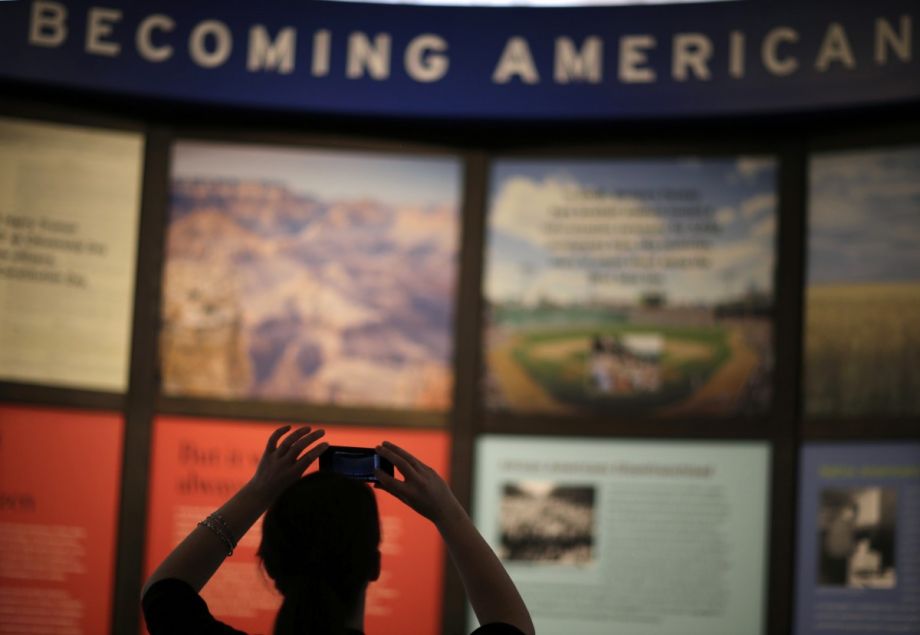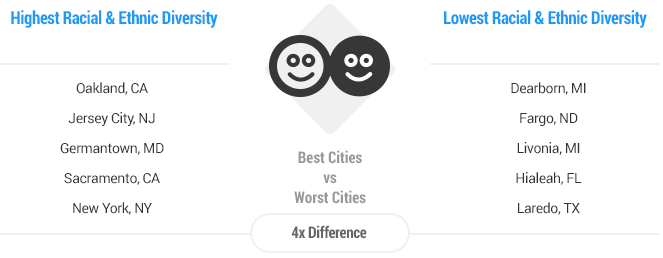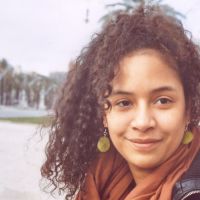Is Your City Living Up to Its Diversity?

The Peopling of America Center opens on May 20th on Ellis Island, off the coast of Jersey City, New Jersey. Jersey City is one of the most diverse places in the nation. (AP Photo/Mel Evans)
Diversity isn’t just politically correctness’ most used keyword. Biological diversity is critical to sustaining life on earth. Diversity in educational settings has been proven to correlate to better performance. When people are brought together from different backgrounds, innovation is more likely to occur.
Financial management site WalletHub has released rankings on the best and worst cities for diversity. And it’s not just an exploration of racial diversity in cities. They also take a look at occupational diversity (highest: Yakima, Washington); educational diversity (lowest: Cambridge, home of Harvard University); language diversity (highest: Jersey City); age diversity (lowest: Provo, Utah), and more.

In the graphic above, you can see that smaller cities dominate when it comes to economic diversity. The study measures income diversity by measuring how a city’s population is distributed among six different household income classes. (See the full methodology here.)
Cities in Michigan and Ohio have some of the lowest income diversity, along with Macon, Georgia.

It might not be a surprise to see Oakland and New York at the top of the racially and ethnically diverse cities. Jersey City ranks second there and first in both language diversity and birth diversity. Fifty-two percent of residents speak a language other than English at home. Major languages in the city include Spanish, Tagalog and Arabic.
In the case of income diversity, there’s a clear case that a city shows the potential for social mobility. But as one expert explains, racial and ethnic diversity might not automatically indicate that there’s opportunity: “The biggest con is that diversity often becomes the hidden, unacknowledged basis for the unequal distribution of wealth, resources and power,” Lata Murti, a professor of sociology at Brandman University, told WalletHub. “To address this con, diverse cities must first be willing to acknowledge and expose the ways diversity has been used to justify, rationalize and perpetuate inequality.”
To Murti, policymakers of racially diverse cities should research the ways in which diversity has historically been used to perpetuate economic inequality and limitations on opportunities for social mobility. She goes on to say, “When the vast majority of a city’s diverse residents feel empowered to share perspectives and experiences as potential solutions to local inequalities and problems, innovation is sure to result.”
Here’s a look at how WalletHub ranks the 15 biggest U.S. cities on four areas of diversity (out of 350 cities total).

The Equity Factor is made possible with the support of the Surdna Foundation.

Alexis Stephens is Next City’s urban economics fellow. She’s written about housing, pop culture, global music subcultures, and more for publications like Shelterforce, Rolling Stone, SPIN, and MTV Iggy. She has a B.A. in urban studies from Barnard College and an M.S. in historic preservation from the University of Pennsylvania.
Follow @pm_jawn



No comments:
Post a Comment
Please leave a comment-- or suggestions, particularly of topics and places you'd like to see covered